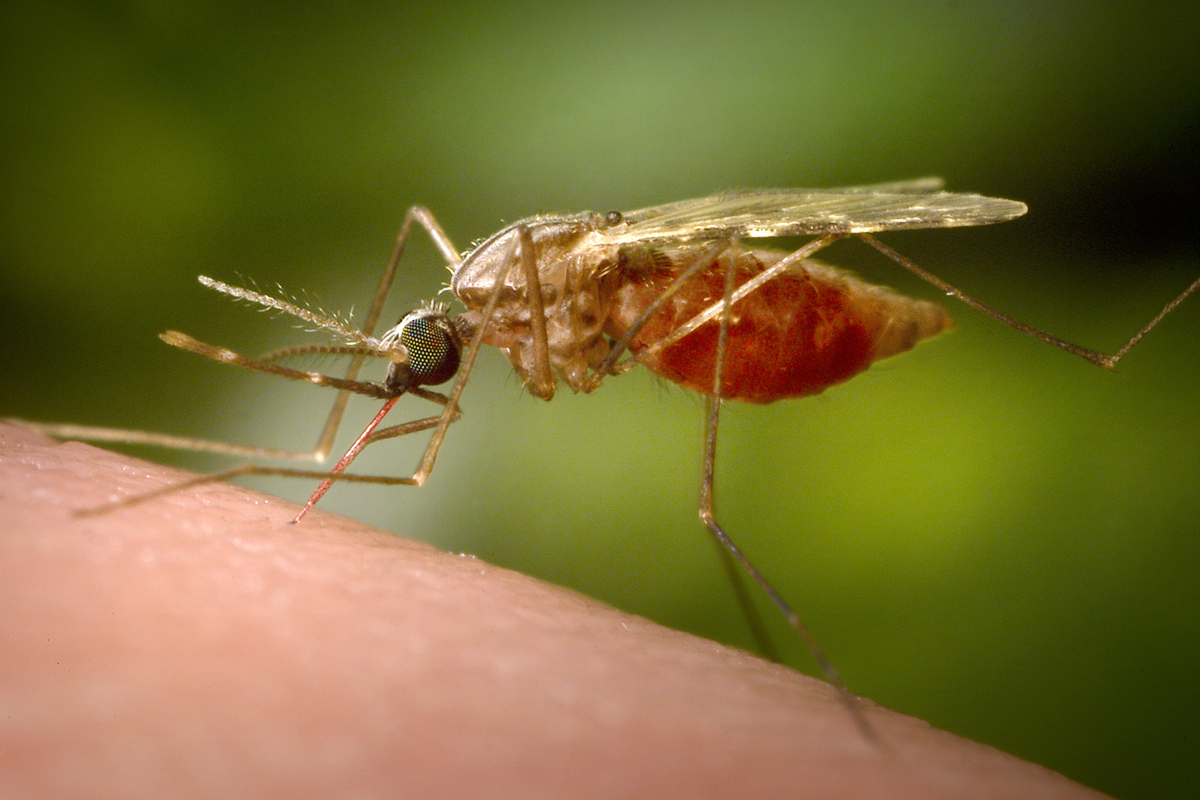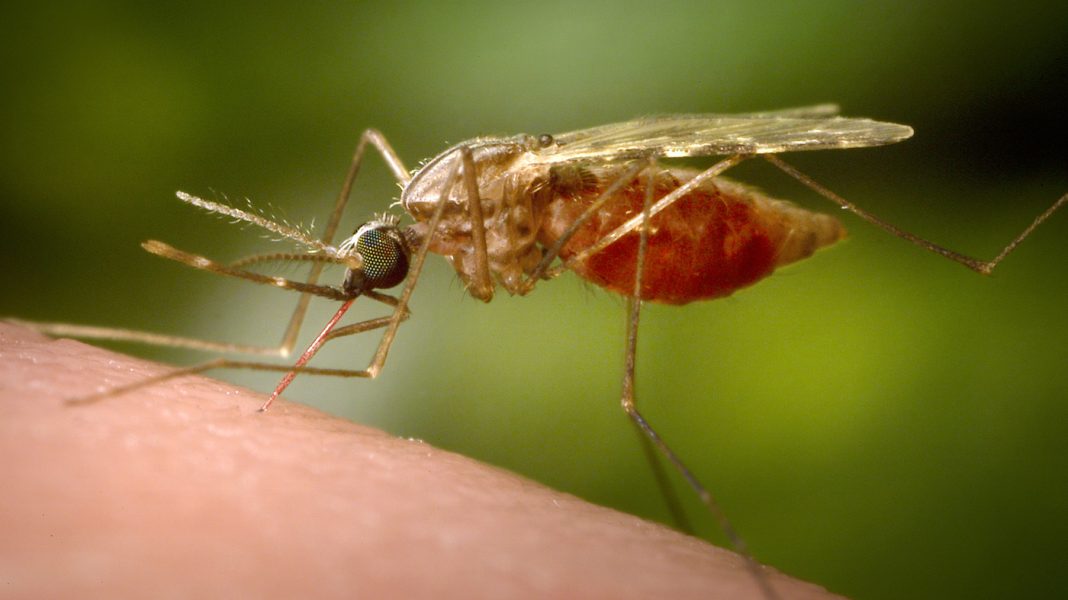
Mosquitoes spread malaria. Now researchers hope that a gene drive technology could turn them into malaria fighters. Although not every scientist thinks it’s a good idea to genetically modify a wild animal.
James Gathany/AP
hide caption
toggle caption
James Gathany/AP

Mosquitoes spread malaria. Now researchers hope that a gene drive technology could turn them into malaria fighters. Although not every scientist thinks it’s a good idea to genetically modify a wild animal.
James Gathany/AP
Mosquitoes carry malaria, which kills hundreds of thousands of people each year. Now some researchers are trying to use genetic engineering to make the pesky insects into allies in the fight against the disease.
The approach is a radical departure from traditional ways of controlling malaria. For years, public health officials have tried to limit the disease by controlling mosquito populations.
But that approach is temporary, says Anthony James, a professor of molecular biology and genetics at the University of California, Irvine. Because mosquitoes are extremely tough little insects, and their populations can quickly rebound.
“To try to get rid of them, I don’t think it’s possible,” he says. Instead, James and his colleagues want to try a different approach: making mosquitoes themselves into malaria-fighting warriors.
To understand how it works, it helps to understand the life cycle of malaria. The malaria pathogen is a parasite that grows inside humans. It’s transmitted via mosquitoes that flit from person to person, sucking blood (the parasites also reproduce inside the guts of skeeters).
“If we can make the mosquitoes inhospitable to the pathogens, you know, we can eliminate the threat of getting the disease,” he says.
But making mosquitoes uninviting to malaria is a tough job. The malaria parasite doesn’t make mosquitoes sick, so mosquito immune systems don’t fight it.
To get around the problem, the team used a gene-editing technique called CRISPR. They started with genes from mice, whose immune systems do fight human malaria.
“What we did then was engineer those [genes], and give them to the mosquitos,” he says.
The results were published this month in the Proceedings of the National Academy of Sciences. Sure enough, the gene-edited mosquitos produced malaria-fighting antibodies.
Those antibodies “worked very well,” says James. “They reduce the number of parasites in the mosquito, most importantly in the salivary gland, which is where they would be before they were transmitted to a human host.”
This technique also allows the researchers to make the genes spread quickly. That means, rather than having to release swarms of gene-edited mosquitos, they could put out a smaller number. The engineered mosquitoes mate, pass on their genetic code, and that code rapidly fans out across the wild population.
But genetically altering wild animals does not sit well with environmentalists.
“There’s no need to engineer a mosquito,” says Dana Perls, senior program manager for the emerging technology program at the non-profit Friends of the Earth. Perls points out that naturally occurring methods for reducing malaria appear to be showing promise, as does a new vaccine against the disease.
“Why take unnecessary risks and release a manipulated species that can’t be recalled once it’s released into the wild?” she asks.
Anthony James believes the risks would be very low. The mosquitoes are already part of the ecosystem, and the gene alterations wouldn’t affect much other than their response to malaria, he says. Moreover, it’s better than sprays and treatments that control mosquitoes temporarily.
“This is potentially a much more sustainable technology,” he says.
His lab is now working on planning a field trial, which he hopes could be conducted on an island or in another isolated location.












